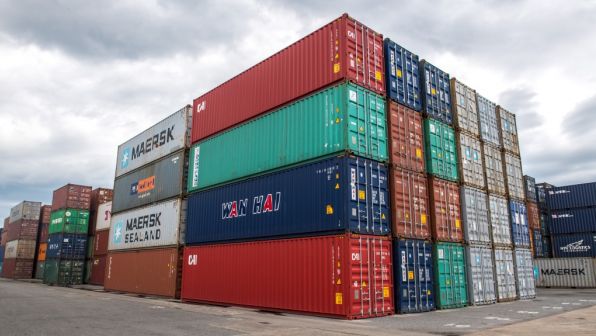Next generation of quality development, investment in new TPP
the Pacific trade pact was reborn in Santiago as the 11-nation Comprehensive and Progressive Agreement for Trans-Pacific Partnership.

Last month, the Pacific trade pact was reborn in Santiago as the 11-nation Comprehensive and Progressive Agreement for Trans-Pacific Partnership. While the headlines have been dominated by the absence (so far) of the US and the level of trade gains each nation hopes to enjoy, let’s focus here on three less-heralded sections of this revised treaty among Australia, Brunei Darussalam, Canada, Chile, Japan, Malaysia, Mexico, New Zealand, Peru, Singapore, and Viet Nam (the TPP11).
Surety for capital flows and FDI protection measures
Ever since the talks for a draft multilateral agreement on investment were abandoned in the late 1990s, trade negotiators have been seeking to incorporate serious protection measures for transnational capital and foreign direct investment (FDI) into larger plurilateral arrangements.
With TPP11, that has convincingly been achieved by finding common ground among developed and developing countries across three continents on shared interpretations of many vexed issues, including what constitutes expropriation or nationalization, fair and equitable treatment and effective compensation, and a general submission of investor-state claims to arbitration (except for certain types of suspended investment agreements and authorizations).
Market solutions for green, sustainable, quality infrastructure
Specific and detailed provisions in the chapter on development recognize the need to enhance opportunities for women and the benefits of broad-based economic growth through research and innovation, and, most importantly, maximizing the inclusion of the private sector.
The TPP11 countries accept a sustained and high-level commitment to investing in infrastructure and finding new opportunities for taking advantage of the roles of small and medium-sized enterprises (SMEs) and private companies in market-based solutions for development. Significantly, the parties have resolved to pursue environmental, socially responsible and well-governed (ESG) investment and trade.
Size of sovereign wealth funds in the TPP11
This table presents a sampling of just some of the major national pension reserve funds and sovereign wealth or heritage funds (SWFs) operating out of the developed members of TPP11 (excluding Japan). Many big funds also voluntarily subscribe to the Santiago Generally Accepted Principles and Practices for prudent and responsible SWFs that invest mainly outside their home country.
Half trillion USD under management by TPP11 investment funds.
Together, these government-connected, special purpose investment funds account for at least $580 billion under management; a sizable portion of which could potentially start to be made available for channeling into suitable ESG-friendly projects within the region, either independently or through syndication as a participant in a secured loan or a consortium of bondholders, or via a collective megafund.
Global infrastructure fund of funds
Japan’s pension fund, which is the largest in the world, also announced at the start of this year a strategy to operate a global infrastructure fund of funds. More government pension funds from Canadian provinces and Australian states are increasing their share of foreign, alternative assets held, too. And even Middle Eastern sovereign wealth funds are starting to get interested in diversifying their oil-dependent portfolios by targeted infrastructure investments to boost feasible projects in the transport and utilities sectors, with some having operations that extend to developing countries in Asia.
Cooperation to harmonize rule-making, policies
Trade agreements, be they global or regional, are notorious for the technical details that often lie hidden in letters of understanding, side instruments, or country-specific appendices that frequently water-down what appear to be generous concessions agreed in the main part of the negotiated text. TPP11 is no different in that respect, but it does hold out the prospect of greater cooperation among the parties to achieve coherence and harmonization of their policies, rules, and regulations to lessen the need for these kinds of deviations and nonconforming exceptions.
The outlook for high-quality development, ethical investment
So far, no specific sectors have been earmarked for harmonization, and no definite regulations have been identified for mutual recognition. But, in the future, regulation-writing agencies will be required to conduct impact assessments, particularly on the potential effects of new rules on SMEs; adhere to core good regulatory practices, including transparency, advance notification, public engagement, and clear language; and consider compatibility with measures that other parties are taking or are planning to take.
- READ MORE ON:
- ADB
- trade
- investment
- fdi
- FIRST PUBLISHED IN:
- ADB
ALSO READ
ADB plans to launch ASEAN Climate Finance Policy Platform
ADB to invest $14 billion by 2025 to ease food crisis in Asia and the Pacific
ADB forecasts robust investment and consumer demand to boost India's GDP growth to 7% in FY25
ADB terms political unrest as risk towards economic stabilisation, reforms in Pakistan
ADB remains at forefront of Capital Management through Better Clarity on Callable Capital










